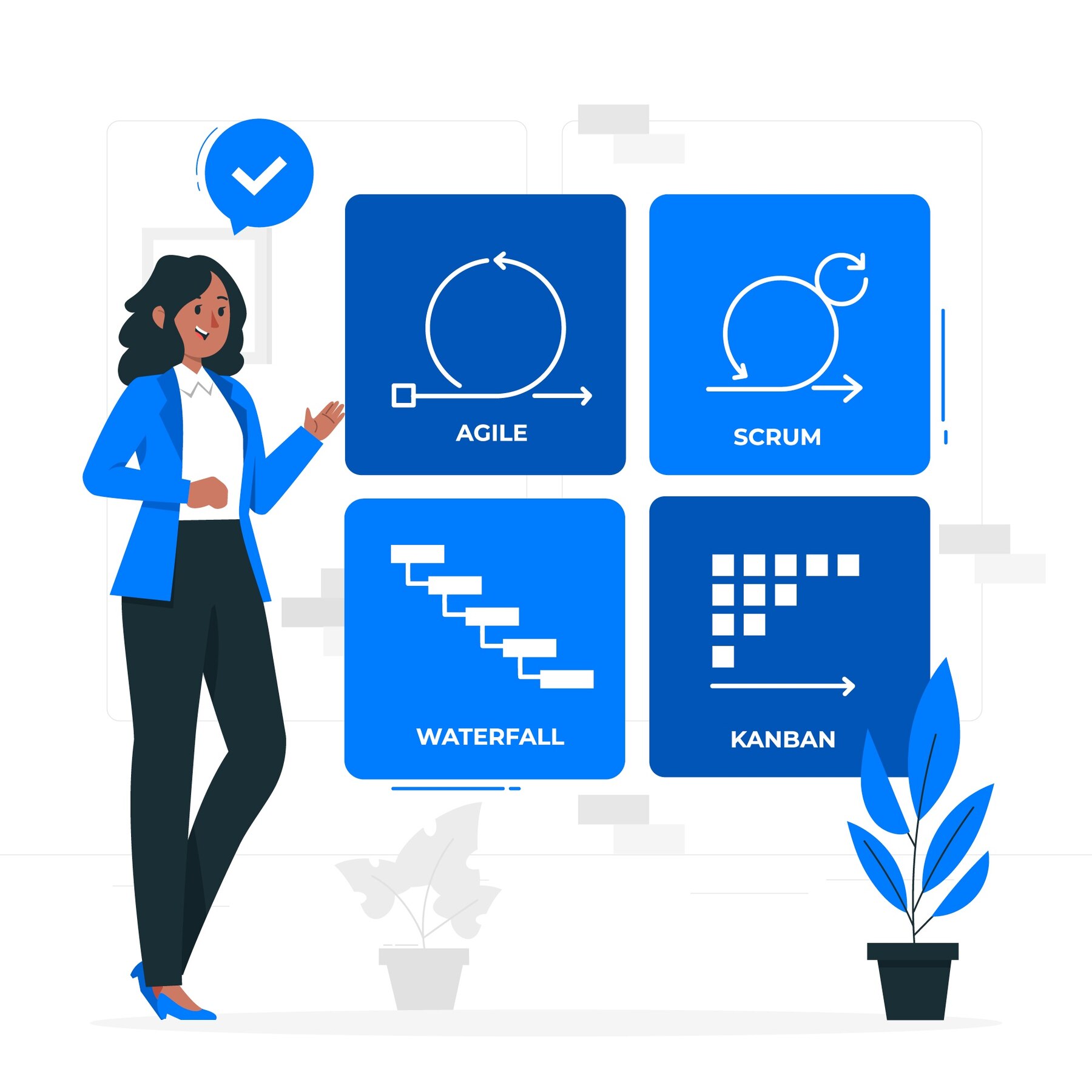In the realm of project management, the collision of methodologies often leads to innovative approaches. This guide navigates the uncharted territory of infusing an Agile mindset into a Waterfall methodology project. Explore the synergies between these seemingly divergent approaches and discover how cultivating adaptability can propel your project towards success.
Understanding the Agile Mindset in Waterfall
1. Agile Principles in a Waterfall Setting: Bridging the Divide
- Explore how Agile principles, such as iterative development and customer collaboration, can find a place within the structured framework of a Waterfall project. Identify areas for flexibility and innovation.
2. Continuous Improvement: Iterative Reflections
- Embrace the Agile value of continuous improvement by incorporating regular retrospectives into the Waterfall process. Evaluate project phases, identify improvements, and implement changes incrementally.
3. Adaptable Planning: Responding to Change
- Apply Agile’s adaptive planning principles within the Waterfall structure. Be open to adjusting project plans based on evolving requirements, ensuring responsiveness to changing dynamics.
4. Collaborative Cross-Functional Teams: Breaking Silos
- Foster collaboration among cross-functional teams, a hallmark of Agile methodologies. Encourage communication and shared responsibility, even within the sequential phases of a Waterfall project.
Navigating the Dos and Don’ts
Dos:
- Promote Open Communication:
- Cultivate an environment where team members feel encouraged to communicate openly, fostering collaboration and information sharing.
- Iterative Reviews and Adjustments:
- Incorporate periodic reviews and adjustments into the project lifecycle, allowing for flexibility and responsiveness to emerging insights.
- Empower Cross-Functional Collaboration:
- Break down silos between different project phases and departments, encouraging collaboration and shared ownership of project outcomes.
Don’ts:
- Rigid Adherence to Plans:
- Avoid rigidly sticking to initial project plans. Instead, be willing to adjust plans based on changing requirements and unforeseen circumstances.
- Limited Stakeholder Engagement:
- Steer clear of limiting stakeholder engagement to specific project phases. Involve them continuously to ensure alignment with evolving project objectives.
- Ignoring Continuous Improvement:
- Resist the temptation to overlook the importance of continuous improvement. Regularly assess project processes and outcomes, implementing changes for enhanced efficiency.
Case Study: Agile Mindset in Action
The Challenge: Shifting Requirements Midway
In a Waterfall-driven software development project, midway through the implementation phase, stakeholders requested changes to the project scope based on emerging market trends.
Agile Mindset Response:
- Iterative Planning and Adjustments:
- The project team embraced an Agile mindset by iteratively adjusting the project plan to incorporate the new requirements seamlessly.
- Cross-Functional Collaboration:
- Cross-functional teams from different project phases collaborated to implement changes efficiently, ensuring a cohesive approach to the evolving project scope.
- Transparent Communication:
- Open and transparent communication channels were established to keep stakeholders informed of the changes, fostering a sense of collaboration and shared understanding.
Conclusion: Navigating Hybrid Horizons for Project Excellence
In the ever-evolving landscape of project management, the fusion of Agile mindset with Waterfall methodology offers a unique opportunity for innovation and adaptability. By embracing Agile principles within a structured Waterfall framework, project teams can navigate hybrid horizons, fostering collaboration, and ensuring project success. May your journey be marked by flexibility, continuous improvement, and a resilient spirit that thrives in the face of changing project dynamics.
